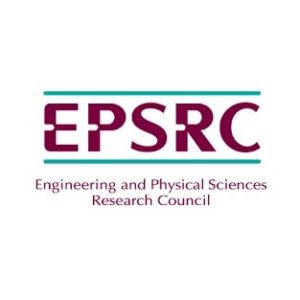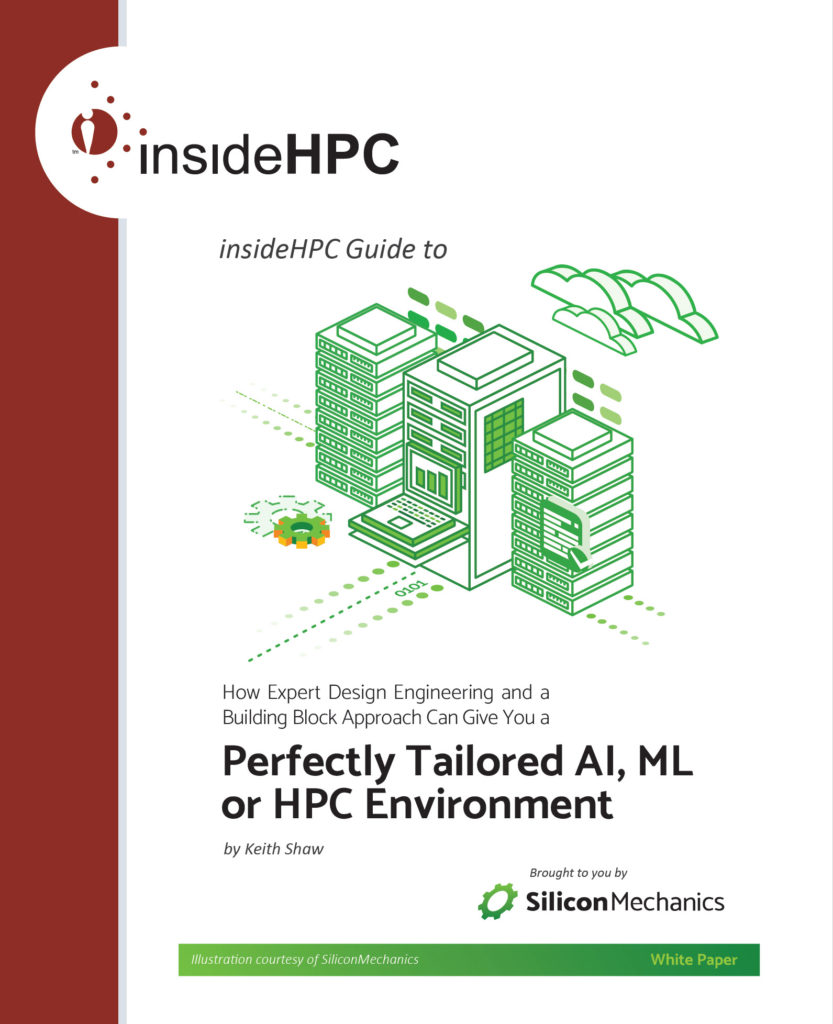 The UK is launching six HPC centers this month. Funded by £20 million from the Engineering and Physical Sciences Research Council (EPSRC) the centres are located around the UK, at the universities of Cambridge, Edinburgh, Exeter, and Oxford, Loughborough University, and UCL.
The UK is launching six HPC centers this month. Funded by £20 million from the Engineering and Physical Sciences Research Council (EPSRC) the centres are located around the UK, at the universities of Cambridge, Edinburgh, Exeter, and Oxford, Loughborough University, and UCL.
These centres will enable new discoveries, drive innovation and allow new insights into today’s scientific challenges. They are important because they address an existing gulf in capability between local university systems and the UK National Supercomputing Service ARCHER,” said Professor Philip Nelson, EPSRC’s Chief Executive. “Many universities are involved in the six new centres, and these will give more researchers easy access to High Performance Computing.”
The centres will be used by a diverse range of the research community and will, for example, be used to predict how a jet engine will perform; explore new materials for energy generation and storage; and develop driverless cars.
Some of the centres will be available free of charge to any EPSRC-supported researcher, and some will give access to UK industry.
The new centres provide a diversity of computing architectures, which are driven by science needs and are not met by the national facilities or universities. This is because the National HPC Service must meet the needs of the whole UK community and so cannot specialise in specific novel architectures or novel requirements.
The different types of computing requirements provided by this Tier-2 group include high-throughput and GPU computing; for example, the JADE system at the University of Oxford will be the largest GPU facility in the UK. The GW4 centre will be a world-leading ARM-based testbed, where scientists will be able to choose from a wide range of emerging architectures to run their applications.
Summaries of the new facilities:
GW4 Tier-2 HPC Centre for Advanced Architectures. The new service will be the first production system of its kind in the world, and will be named Isambard after Victorian engineer Isambard Kingdom Brunel. It will use an ARM processor system to provide access to a wide range of the most promising emerging architectures.
Led by: Professor Simon McIntosh-Smith, University of Bristol
EPSRC grant: £3,000,000
Partners: Universities of Bristol, Bath, Cardiff and Exeter, Cray, Met Office
Peta-5: A National Facility for Petascale Data Intensive Computation and Analytics. This multi-disciplinary facility will provide large-scale data simulation and high performance data analytics designed to enable advances in material science, computational chemistry, computational engineering and health informatics.
Led by: Professor Paul Alexander, University of Cambridge
EPSRC grant: £5,000,000
Partners: Universities of Cambridge, Oxford and Southampton, Leicester and Bristol, UCL, Imperial College London, DiRAC, King’s College London, The Alan Turing Institute
Tier-2 Hub in Materials and Molecular Modelling. The facility will be available to members of the Materials and Molecular Modelling (MMM) Hub as well as the wider MMM and Tier-2 communities. It will be called Thomas, after the polymath Thomas Young, and will have applications in energy, healthcare and the environment.
Led by: Professor Angelos Michaelides, UCL
EPSRC grant: £4,000,000
Partners: UCL, Imperial College London, King’s College London, Queen Mary University of London, Queen’s University of Belfast, Universities of Cambridge, Oxford, Kent and Southampton, OCF
JADE: Joint Academic Data science Endeavour. The largest GPU facility in the UK, with compute nodes with eight NVIDIA Tesla P100 GPUs tightly-coupled through the high-speed NVlink interconnect, JADE will focus on machine learning and related data science areas, and molecular dynamics. It will have applications in areas such as natural language understanding, autonomous intelligent machines, medical imaging and drug design.
Led by: Professor Mike Giles, University of Oxford
EPSRC grant: £3,000,000
Partners: Universities of Oxford, Edinburgh, Southampton, Sheffield and Bristol, Queen Mary University of London, UCL and King’s College London, NVIDIA
HPC Midlands Plus. The HPC facility will be based at a new centre of excellence at Loughborough University’s Science and Enterprise Park. It will be used by universities, research organisations and businesses to undertake complex simulations and process vast quantities in fields ranging from engineering, manufacturing, healthcare and energy.
Led by: Professor Steven Kenny, Loughborough University
EPSRC grant: £3,200,000
Partners: Loughborough University, Aston University, Universities of Birmingham, Leicester, Nottingham and Warwick, Queen Mary University of London
EPCC Tier-2 HPC Service. The Edinburgh Parallel Computing Centre (EPCC) is growing its new industry HPC system, named Cirrus, five times larger to provide a state-of-the-art multi-core HPC service for science and industry. A next generation research data store, dedicated to Tier-2 users, is being installed to allow researchers to store data, share it and move it between different supercomputers.
Led by: Professor Mark Parsons, University of Edinburgh
EPSRC grant: £2,400,000
Partners: Universities of Edinburgh, Bristol, Leeds and Strathclyde, UCL
The official launch event will take place March 30 at the Thinktank science museum in Birmingham.




